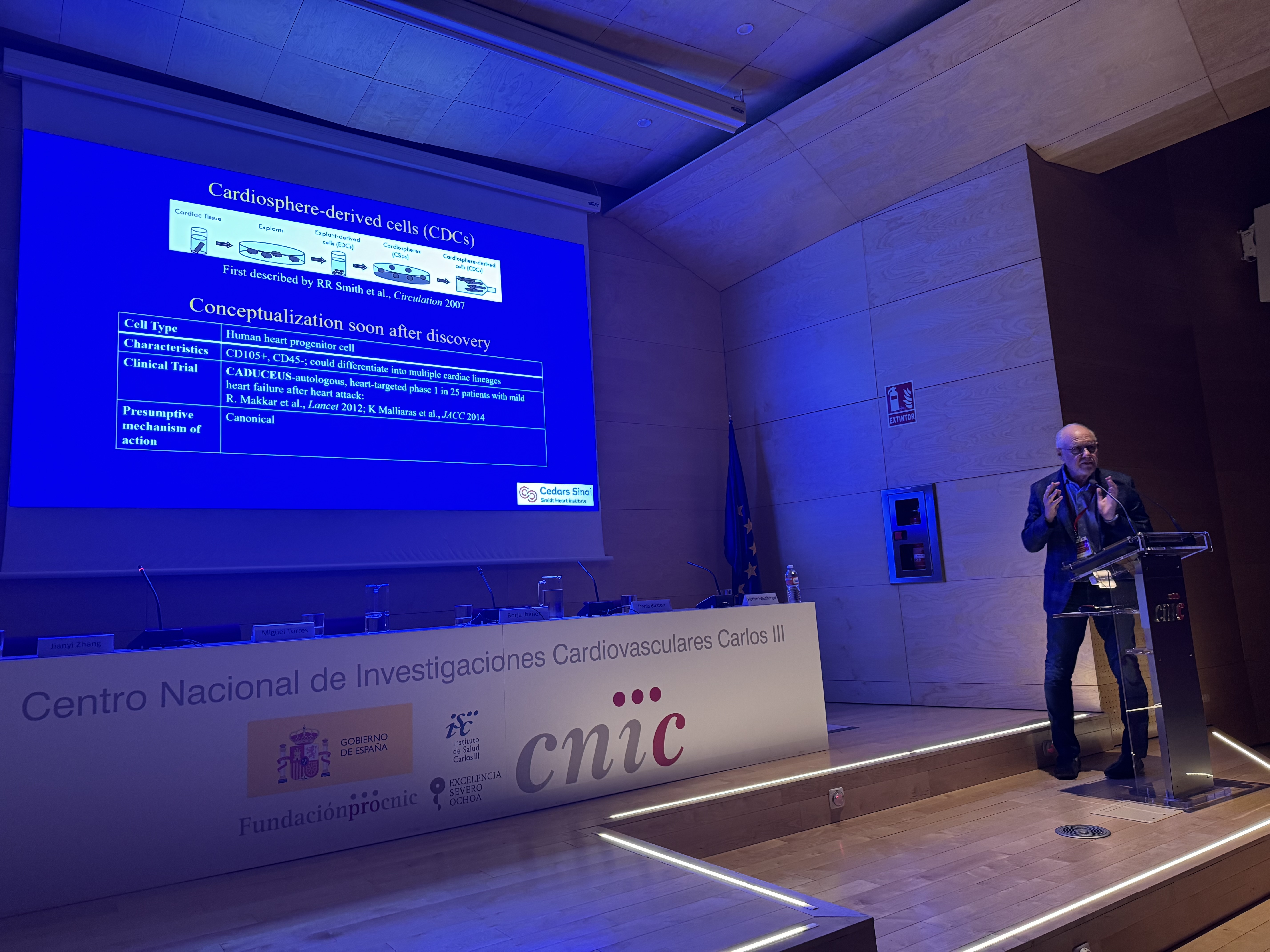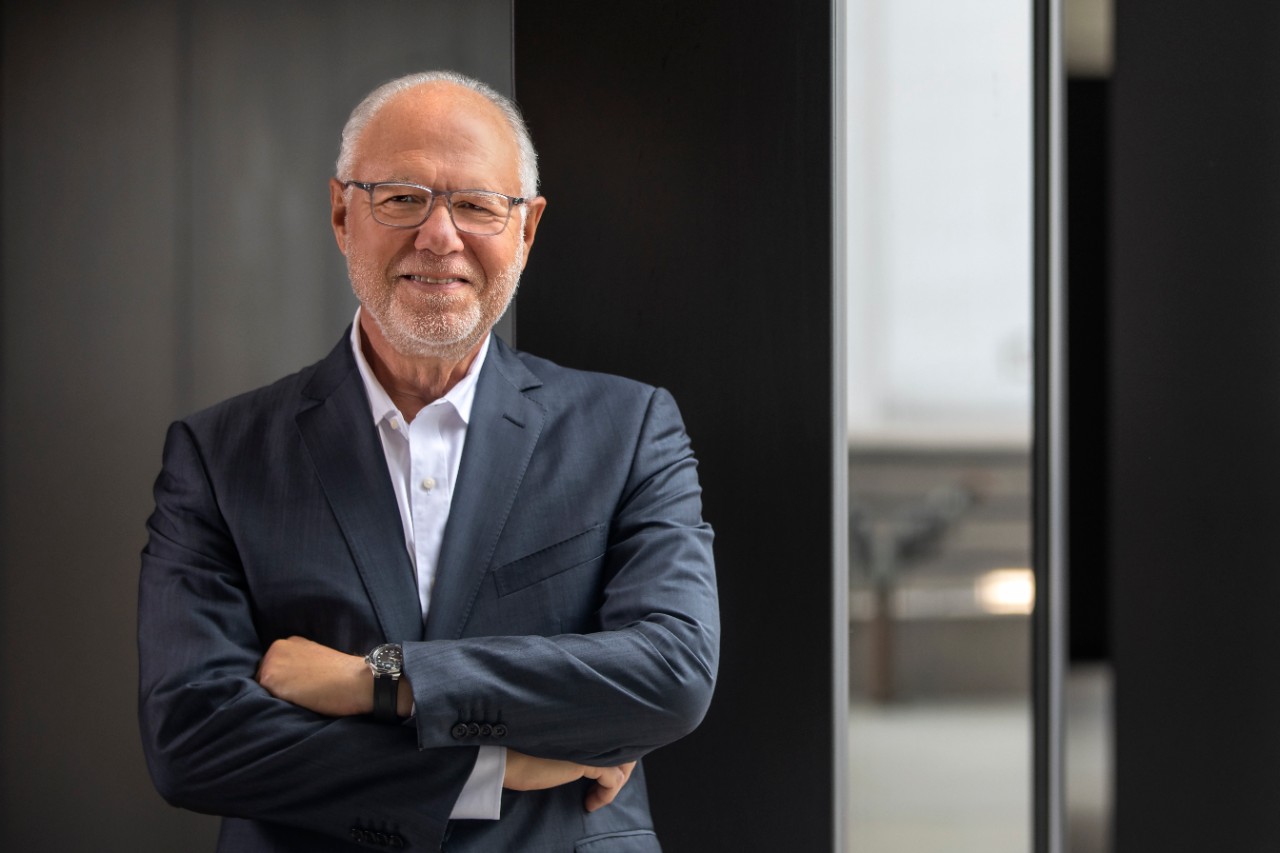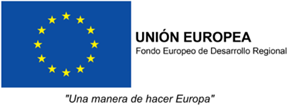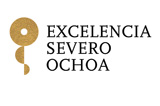Eduardo Marbán: "We have designed a cellular product called Deramiocel, and until now, we have had positive results in at least two clinical trials"
Dr. Eduardo Marbán studied Medicine at Yale University and then transferred to Johns Hopkins Hospital, where he was Chief of Cardiology. Throughout his research career, Marbán, who is a trained electrophysiologist, pursued relevant questions for heart disease, including the creation of the first de novo biological pacemaker as an alternative to electronic pacemakers. Since 2004, his laboratory has intensely studied cardiac progenitor cells, their origins and their therapeutic potential. Marbán’s discoveries make up the base of Deramiocel, a cell therapy product used for Duchenne muscular dystrophy. His work is now focused on the role of extracellular vesicles as therapeutic platforms. This work has led to the discovery of several new non-coding RNA drugs, now in the process of clinical testing. In 2007, Dr. Marbán became Founding Director of the Smidt Heart Institute, a multidisciplinary organization that brings together pediatric and adult cardiologists, cardiac surgeons, imaging specialists and researchers, in order to promote research and improve patient care.
- You are a leading expert in cardiovascular regenerative medicine. Where do you think this field is headed?
Up until now, the classic strategy has been to use stem cells to regenerate the damaged heart, infiltrating it with cardiomyocytes – heart cells that are able to beat and contract. But this has been very difficult. In the 25 years since pluripotent stem cells that can transform into cardiomyocytes, were discovered, their effective therapeutic application has yet to be achieved. During the CNIC Conference, Doctor Fukuda (Keiichi) from Keio University of Japan, presented some promising data in 4 cases, but as usual, what always happens in clinical trials, is that the initial enthusiasm tends to wear off when the problems start appearing.
Over the last 20 years, we have been developing another type of stem cell, that does not come from pluripotent ones, but is actually endogenous to the heart. We have already conducted 9 clinical trials with it. We have specifically focused on the cardiomyopathy associated to the Duchenne muscular dystrophy, a devastating disease for which there is currently no effective treatment. It is fatal for these people, and although they usually live until they are 20 or 30 years old, they lose their capacity to walk and end up dying from heart failure.
In our laboratory, we have designed a cellular product called Deramiocel, and until now, we have had positive results in at least two clinical trials and are currently conducting a third. Based on these results, we are negotiating its approval with the FDA in the USA. If it gets approved, it would be the first stem cell treatment approved for a heart condition. Up until now all the cellular therapies that have been approved are for orthopedic conditions or for cancer, but nothing related to the heart or skeletal muscle.
- What is so special about these stem cells? Are they autologous from the patient’s own cells?
Normally, yes. We performed cardiac biopsies on the actual patients to extract the endogenous stem cells. But then, we discovered that they didn’t’ need to be from the actual patient. We could grow them from hearts that were donated for transplants that didn’t end up being used for technical reasons, such as incompatible size. Instead of
throwing them out, we now use them to grow these cells.
Currently, there is a company that has licensed these discoveries and is commercially developing the treatment using these donated hearts.
- Are the cells genetically modified?
No, and that’s a big advantage. We don’t make any genetic or chemical modification. It’s a primary culture, with no alterations. We believe that this makes the treatment safer and less risky than those using modified cells. There will certainly come a time for gene therapy, but we think that we must first start with more basic and safer solutions.
- Despite initial enthusiasm, genetically modified cells have subsequently shown important side effects.
Yes, exactly. That initial enthusiasm has been limited due to unexpected complications. In our case, by studying how our cells work, we de discovered that their effect was indirect: they release RNA-laden exosomes that affect other cells. From that, we were able to develop new drugs that don’t depend on cells, but rather, are based on the most interesting RNAs we find in those exosomes. They are chemical structures, that are reproducible, and much easier to manage than cells. So, for us, cells were not the end, but actually the beginning.

- The field of cancer has advanced much more than that of cardiovascular disease. Do you agree with this statement?
What happens with cancer and does not happen in other fields, is that there are between 200 and 500 different types of cancer. In our case, we work with much more common diseases, like heart failure or heart attacks. Although there are some rare genetic causes, the reason cancer research has been so successful is partly due to the fact that it’s possible to focus on very specific diseases, like a specific leukemia that only affects about 20,000 people. This allows for the development of highly-specialized treatments, which can also be very expensive for the company that creates them.
On the other hand, it’s much more difficult to develop a treatment for common diseases. That’s why we have focused on muscular dystrophy: the clinical trials we’ve had to conduct so far have been with relatively small groups, of 20, 40, 100 or 200 patients. However, if we talk about heart failure for example, we would need to study between 5,000 and 10,000 patients during at least one or two years, because the treatment also needs to be tested on what has already been approved, competing with at least eight different categories of medication.
So, our problem is not that we are much less capable, but that we work with something much more common, and that’s why it’ s more difficult to develop something truly innovative.
- How do you rate the CNIC Conference?
It was a really excellent conference. The participants are top-notch leaders in their respective fields. Also, the students and young researchers who are participating seem very engaged. I thought it was a very high-level scientific meeting, and at the same time, small enough to allow for important interactions. That’s very important: in massive congresses, with thousands of people, one can easily get lost. Not here though, here you can talk to everyone.











